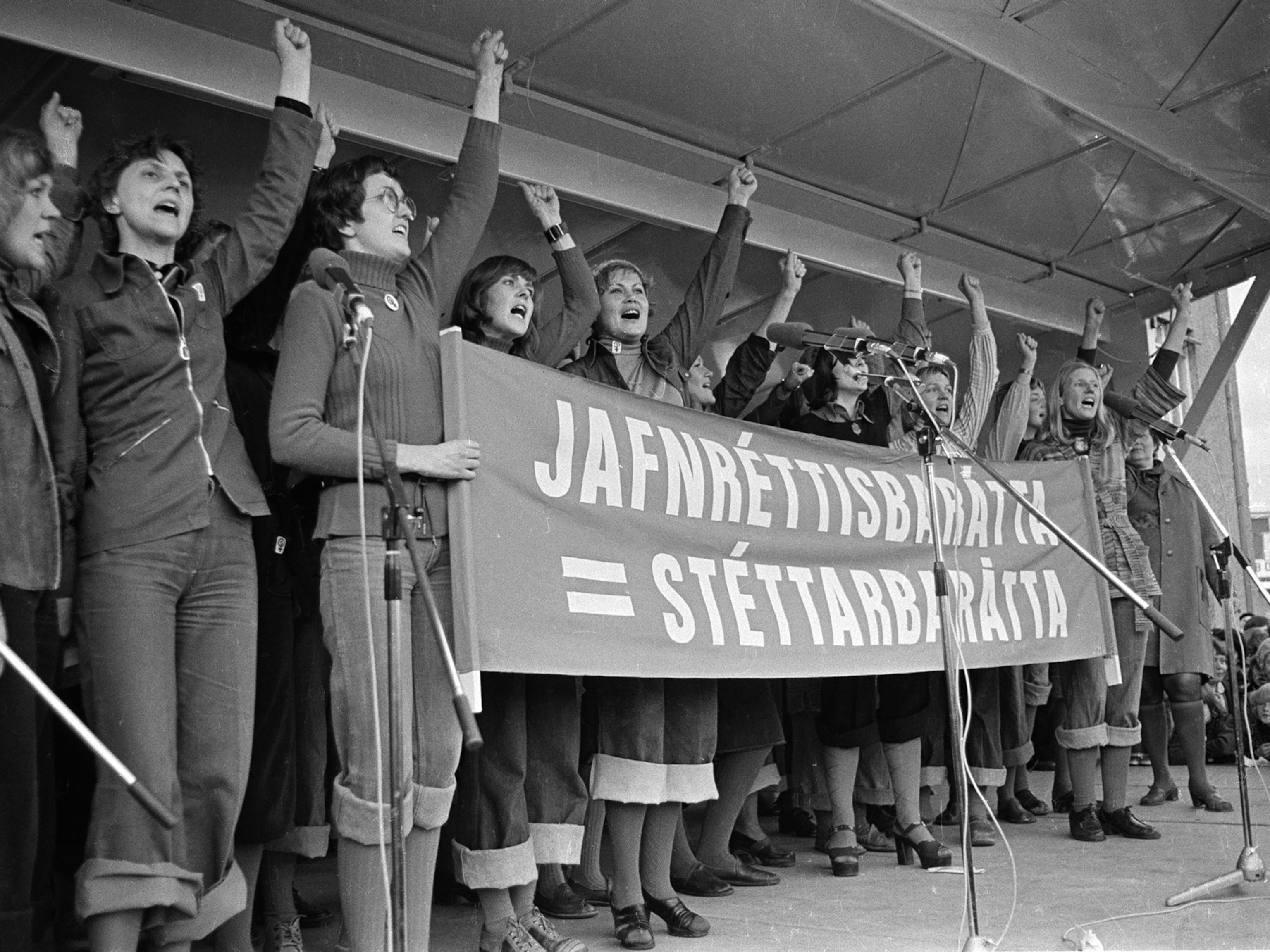How This African-American Filmmaker Was Inspired By African Indians
Feeling a connection to their struggles, Asha Stuart sought to shine a light on the resilient Siddi community.
Documentary filmmaker Asha Stuart was passing through a bus station near Bangalore in 2012 when she made eye contact with a man nearby, who looked like he was of African descent.
They tried to speak to one another, but Stuart only spoke English and the man only spoke Kannada, the official language of Karnataka.
“I could tell he was intrigued by my appearance,” Stuart says. “I was intrigued by him as well.”
Stuart, who is African-American, followed up on her observation. She researched communities in India who she thought may fit the description of the man she met to try and learn more about what brought him to the region. Her search led her to the Siddi people, a group of Indians who, according to experts, can likely trace their heritage back to the Bantu tribes of East Africa.
“India is a country with over a billion people, so the diversity of India has always interested me,” Stuart says. “Once I found out that there was this African-Indian tribe, that was interesting to me, being an African-American woman.”
Stuart says similarities between the struggles of the Siddi people in India—high levels of racism and a lack of voice and visibility—and African Americans moved her to make a documentary about their lives.
Most of the Siddi people were brought to India as slaves, first by Arabs and then by Portuguese and British colonizers who traveled to the country, according to Stuart. A smaller portion of the Siddi people are descended from mercenaries and other Africans who made their way to the region to take advantage of its growing economic prosperity.
Once in India, the slaves were forced to work for colonizers and royal communities, while free Siddis held jobs as guards, musicians, and agricultural workers. After centuries of the practice, India abolished slavery in the mid-1800s and the Siddi people were freed. Unable to leave India, many of them formed their own communities. Relegated to the group known as the Untouchables, the lowest level of India’s caste system, they have struggled to make a living for themselves ever since.
That’s where their resilience comes from—their cultural pride, togetherness, and structure.Asha Stuart
The greatest concentration of Siddi people live in the state of Karnataka in southern India, where a little less than half of them have congregated. The rest are scattered across the states of Goa, Gujarat, and Maharashtra.
Still discriminated against, modern Siddi people have found work as household servants, picking rice in fields, and tending to cattle. Many of them work in rural areas for Brahman families, the country’s highest caste. Some have left India to work in the Middle East, but most return to their families after earning and saving some money.
Despite having lived in India for centuries, the community retains elements of its African heritage. They are recognized as a tribe by the Indian government because of their distinct ethnicity, Stuart says, and this classification allows them to receive government benefits.
Stuart says they are most distinct through the cultural traditions they still maintain today, such as music, dance, and ceremonies. Their musical performances use lots of percussion instruments, particularly African bamboo-style drums. “Those cultural areas have influences, such as call-and-response singing and African drum rhythms, which can be traced back to the Ngoma style of East Africa,” she says.
Their dialect also includes words that can be traced to the African Bantu languages.
“The women in the community have a little bit more mobility than in a traditional Indian village,” Stuart says, adding that she sees a welcoming of interreligious interaction in the mostly Muslim community.
Despite the hardships they face, Stuart says members of the group find joy and strength in one another.
“Being an outcast, the community is really engaged with one another,” she says. “They have a lot of cultural events and festivals that are specifically for the community. That’s kind of how they survive. That’s where their resilience comes from—their cultural pride, togetherness, and structure.”





